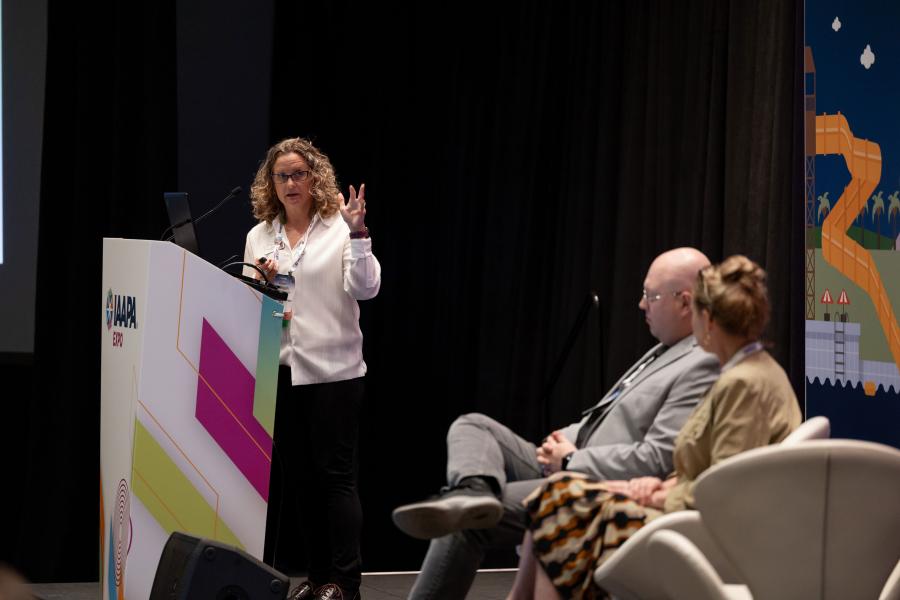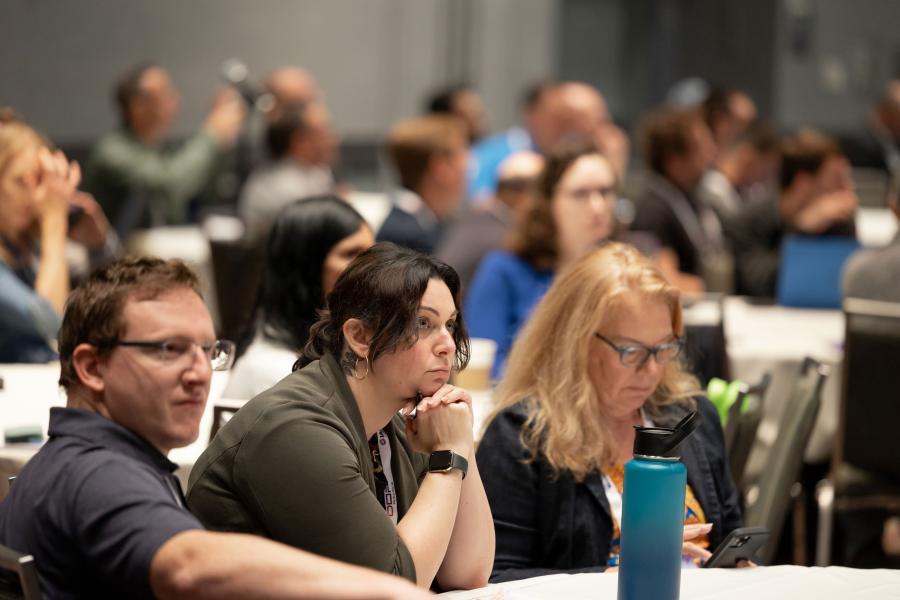To fund capital projects and make other improvements, attractions need to generate significant financial support. Since money doesn’t grow on trees, how can organizations get the resources they need? This key question was addressed by the Finding Your Revenue EDUSession hosted on Monday of IAAPA Expo 2023.
Unique Solutions
The challenge is especially acute at the Saint Louis Zoo, since, according to its charter, admission is free. While taxes provide most of the necessary funds, guest revenue still accounts for 35% of its budget. With projects such as a 435-acre safari park in development, the organization needs to find creative ways to get guests to open their wallets.
“It’s free to come into the zoo, but It’s going to cost you to get out the door,” jokes Ryan Jeffery, the zoo’s director, guest experience.
The organization decided to capitalize on the animals in its care by offering behind-the-scenes tours to visitors. However, the popular program encountered scheduling and planning issues that prevented it from realizing its full potential.
To resolve the problem, zoo leaders worked with the tour program managers and the animal care team to establish a set and consistent schedule. They also established an automated process for guests to book the tours.
The result? Saint Louis Zoo is on track to present a record-setting 5,000 tours for 2023 and generate more than $50,000 additional revenue from the program.
“Think about what you have. Can you market it?” Jeffrey implores. “Consider where there is revenue and how you can get more of it.”
Driving Revenue with Dynamic Pricing
According to Melissa Felder, chief experience officer at California Academy of Sciences, the aquarium, natural history museum, and planetarium turned to dynamic pricing in 2019 to help generate more revenue.
By switching from static as well as variable pricing to a demand-based ticket model, the organization has been able to increase admission revenue as well as per-capita spending.
She added that the program allows the Academy to be nimble and flexible in its ticketing and that it can better maximize revenue and attendance while controlling capacity.
Felder cautioned that it’s important to make the purchase process as intuitive and seamless for guests and offered the phrase, “KISS your UI,” as a guide; meaning “keep it simple stupid” for the ticketing user interface.
While dynamic pricing models can be effective if well-designed, they cannot fundamentally change guest behavior.
“People won’t come when people can’t come,” Felder said.
From Brainstorming to Success
When the Denver Zoo needed to increase revenue by $2 million–a 10% jump–its team brainstormed over 200 money-generating ideas.
With a limited amount of time to develop and implement new programs, the organization needed to create a definite success, shared Amber Christopher, CEO. That’s why the zoo created a tool to help evaluate, sort, and filter the many ideas into a workable plan.
By using an Excel document and assigning ratings to attributes such as revenue potential, ongoing expenses, and audience fit for each idea, the zoo was able to narrow the list down to five workable programs, including a Wild Fall Events festival and an opportunity for guests to feed the giraffes and other animals.
“We were able to be nimble and flexible,” Christopher said, extolling the virtues of the idea evaluation tool, which helped bring needed money into the zoo’s repository.



